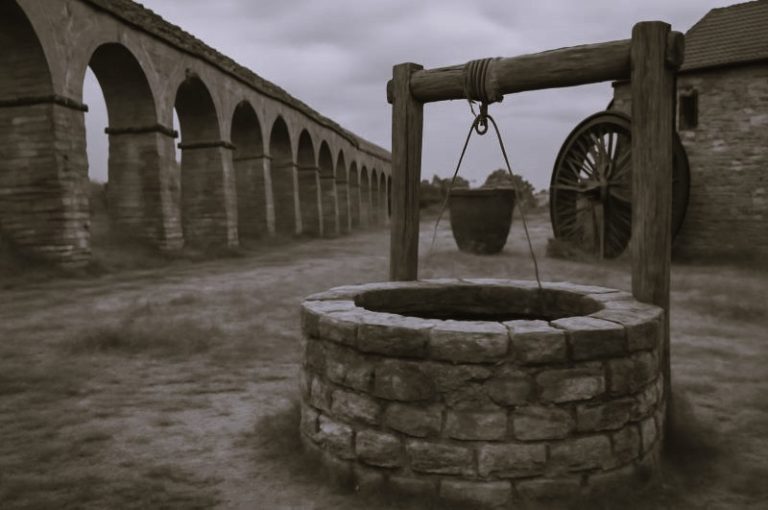

Cannabis smoking has grown in popularity among young adults over the past decade. Its legalization for medical and recreational use has highlighted its benefits, combating years of fear due to the drug war.
Despite being considered illegal in the US since the 1930s, cannabis emerged in popular culture in the 60s. Authorities weren’t as strict about cannabis possession in the 70s, but a lot has changed during the drug war. After being considered a harmful drug for decades, among synthetic substances like methamphetamine, its widespread decriminalization gave birth to one of the fastest-growing industries today.
In this blog, you’ll dive into cannabis’s latest trends, origins, and expected changes and growth in the near future.
Current Trends In Cannabis Smoking
Smoking is the most common way of consuming cannabis. You can use a pipe, bong, or a good old joint to enjoy its relaxing effect fully within minutes. Along with the booming cannabis industry is the experts’ continuous innovation to elevate the experience and provide a better high for its consumers.
One of the latest trends in cannabis smoking is purchasing pre-rolled joints. These pre-rolls make smoking more convenient. Pop one, light it up, and breathe it in. However, these products contain more than just raw flowers. Some of the signs of a good pre-roll are the infusion of concentrates and keeping them handmade to preserve the art of rolling a good joint.
Another growing trend in cannabis is dabbing, which is the process of vaporizing concentrates and distillates for a quicker and longer-lasting high. It’s an excellent alternative to smoking, especially for those who want to avoid the harmful effects of combustion.
These trends in cannabis smoking are evidence of significant leaps from the past decades. Knowing how and where they started will help you appreciate these breakthroughs even more.
Origins Of Cannabis

The cannabis plant has been a part of human history for millennia. Experts discovered evidence of its medicinal and spiritual use dating back to 2900 BC in Central Asia, particularly in China. Ancient texts from early civilizations in Assyria, Greece, Rome, and India also mentioned its health benefits.
In the US, early colonists cultivated cannabis or hemp for its fibers used in textiles, ropes, and sails. These hemp plants contain low levels of tetrahydrocannabinol or THC, the psychoactive compound. In the 1800s, medical professionals developed and used cannabis extracts to treat various conditions such as cholera, leprosy, and opiate addiction.
Studies show that cannabis was discovered by humans 12,000 years ago. However, these plants may have been growing in the wild for millions of years. Cannabis and humans have developed a mutually beneficial connection, allowing its spread through cultivation while providing life-improving benefits to early human civilizations.
How Cannabis Smoking Started
Since its first cultivation, smoking cannabis has been a well-known practice among early civilizations. Archeological evidence from China shows that people were cultivating cannabis plants for their high THC content, contrary to popular belief that they were using it merely for its fibers.
Cannabis smoking became a healing ritual among several groups. They would burn dried plants and flowers to heal illnesses like stomach pain and fever. Since these health conditions are considered a punishment by gods, they’d perform these rituals to appease them.
In Ancient Greece, a historian called Herodotus described a group of nomads smoking cannabis seeds and flowers for recreational use. Around 800 AD, smoking hashish, a type of potent cannabis, was a common practice in the Middle East and other parts of Asia.
In the early 1900s, Mexican and West Indian immigrants introduced cannabis smoking in the US for recreational use. Cannabis was unregulated before it was criminalized in 1937. Then, people can freely smoke cannabis and consume extracts for medical and recreational purposes.
Legalization Of Cannabis
Uruguay was the first country to legalize recreational cannabis in 2013, followed by Canada, Thailand, Georgia, Malta, Mexico, and South Africa. In the US, 21 states have decriminalized recreational cannabis. Only four states, namely, Idaho, Kansas, Wyoming, and South Carolina, consider cannabis entirely illegal.
The broad legalization of cannabis has led to massive growth in the industry. It gave birth to new dispensaries offering unique cannabis products to suit consumers’ needs and demands.
The Future Of The Cannabis Industry
The cannabis industry continuously grows due to popular demand. In the US alone, over three million adults use recreational cannabis. Products like pre-rolls, dabs, edibles, and tinctures made consumption more convenient and enjoyable.
Experts project that the cannabis industry will reach USD$55 billion in sales by 2026 and USD$72 billion by 2030. These predictions make cannabis one of the fastest-growing industries, attracting more entrepreneurs to dive into the cannabis business.
Conclusion
Cannabis smoking and other consumption methods have evolved with human civilization throughout history. Despite knowing its uses and benefits for millennia, researchers have only discovered the tip of the iceberg. Its decriminalization and funding of further studies are excellent steps to unfolding cannabis’ full potential.






